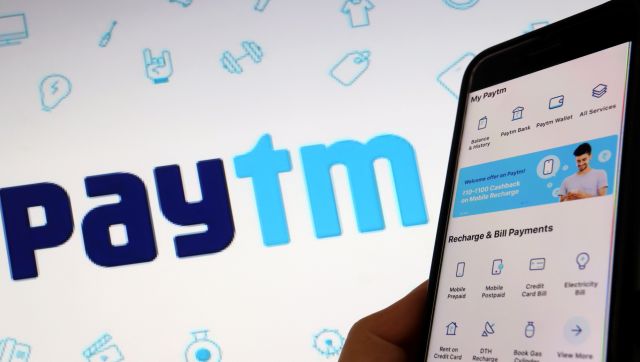Swaps are the flavour of the season after the Reserve Bank of India used them to pull back the rupee from the brink.
The central bank has generously used swap as a tool in its battle to save the rupee: It is entering into swap agreements with oil marketing companies, which on a daily basis require about $400 million for their oil imports.
The central bank has also offered banks dollar-rupee swaps on fresh three-year (or above) non-resident dollar deposits at the concessional rate of 3.5 percent. Banks raising overseas loans will also get swaps at rates that are 1 percent below the current market swap rate.
The government has also expanded its bilateral currency swap agreement with with Japan to $50 billion from $15 billion.
The steps helped the rupee to gain around 9 percent from its life low of 68.80 and now it seems to be stabilising.
According to Investopedia, a currency swap agreement involves the exchange of principal and interest in one currency for the same in another currency. It also involves a commitment to reverse the deal at a later date.
In simpler terms, Company A earning in dollars and Company B earning in rupees enter into a currency swap agreement, which also mandates them to reverse their deal at a later date.
In simpler terms, swaps are just an arrangement to postpone a crisis. Without close monitoring, they may even turn out to be disasters in the making.
And this is already happening now, at least in the case of FCNR deposits. FCNR deposits are foreign currency deposits opened by non-resident Indians. These deposits are considered good options for non-resident Indians as they are insulated from currency risks.
A Business Standard report yesterday said foreign banks are now rushing to make the most of the cheap dollar-rupee swaps that are offered at 3.5 percent by the RBI against the market rate of 6 percent.
According to the report, an NRI opens an FCNR (B) deposit with a foreign bank and then the bank gives a loan to the customer based on the deposit. The customer again opens an account using this loan and again gets a loan with which he again opens an account.
On a net basis, the customer makes a neat profit since the interest rates on FCNR deposits are higher than the rates on the loans she takes, said the report.
An earlier report in the same newspaper had said that Deutsche Bank was the first bank to use this facility and had raised $450 million from 10 NRIs. However, it was not clear whether the bank had taken the same route to raise this amount, the report said.
The move by the RBI was hailed by many as it is expected draw about $10 billion through such arrangement.
However, banks are using this facility to create a bubble which will turn out to be detrimental to the Indian economy and the rupee.
Ajit Ranade of Aditya Birla Group rightly says in the BS report that through such arrangements foreign banks are encouraging leveraging.
“Such leveraged money can leave as abruptly as it comes in, thereby increasing systemic risk,” he says.
There is a risk with the dollar-rupee swap arrangement with oil marketing companies too. As this BS article says oil companies have no export earnings which they can use at the time when they reverse their swap deal. So the RBI will be forced to roll over the swap if the rupee continues to be volatile.
“Further, as long as the dollars are not returned to the RBI they cannot be shown as part of the reserves. It will affect the external vulnerability indicators such as import cover and influence the country rating adversely,” the article says.
The bottomline is swaps are a ticking time bomb and the stability that we see in the rupee is just a mirage.


)




)
)
)
)
)
)
)
)